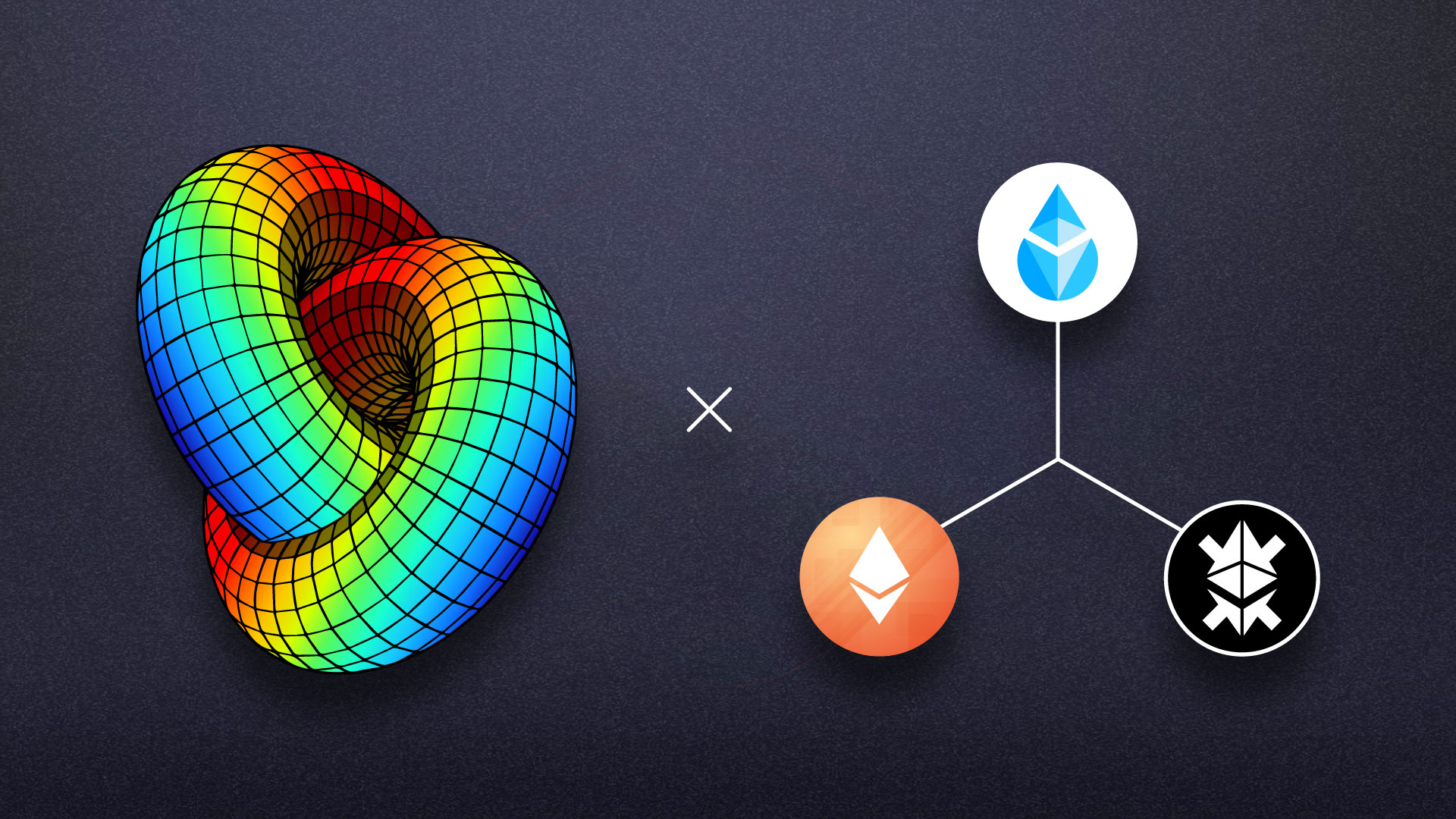Torus, an innovative liquidity protocol, stands as the latest exemplar of DeFi's evolutionary trajectory. It’s loosely inspired from Conics novel omnipool architecture, but ups the ante by implementing an enticing incentive model that could change the playing field.
Conic’s omnipool design was innovative, giving users democratic power to determine liquidity distribution in the USD omni pool. This breakthrough handed users unprecedented control over the protocol, setting a benchmark for the democratization of finance.
Building on this democratic bedrock, Torus further enriches the equation by offering incentives for participation.
Through Torus, users not only have a say in liquidity allocation but also receive rewards for their involvement.
Torus breaks new ground by encouraging partner protocols to incentivize users to vote for increased liquidity percentages within the Ethereum pool.

This shift could significantly alter the dynamics of interacting with DeFi liquidity pools. Instead of primarily passive engagement in liquidity pools, Torus flips the script, motivating users to actively participate in governance and shape the liquidity scenario to their benefit.
For example, assume the pool consists of 5 LSD protocols that start with a 20% weight, and after the next liquidity allocation weighting voting period, Frax seeks improved liquidity on frxETH. They would bribe VLTor holders to vote for frxETH to have a higher % allocation on deposits. The next ETH omnipool weight could look like 25% FrxETH with other LSDs receiving 18.75%.
What does this mean?
For every $1000 deposited into the ETH omnipool, $250 would be allocated towards frxETH.
The potential impact of Torus' omnipool is fascinating. By rewarding users, Torus strives to kindle a more robust participation in governance, leading to a more engaged user community and increased stability for the entire liquidity pool.
Moreover, Torus might stimulate a shift in the ETH/LSD liquidity market on Curve. With incentives to vote for increased liquidity allocations within the Ethereum pool, Torus could promote a substantial influx of liquidity towards Ethereum-based LSD protocols.
The advent of Torus marks a significant leap in DeFi.
Its novel combination of democratic ideals and monetary incentives could usher in the next phase of innovation in liquidity protocols. And despite the uncertainties surrounding its practical implementation, the crypto world eagerly awaits the unfolding of this audacious experiment.
Moving forward, Torus offers more than a unique concept. It also features a broad suite of ETH-based assets in the omnipool, including stETH, rETH, and frxETH. This diverse selection differentiates Torus further, attracting potentially a wider user base.

Torus propels the liquidity allocation concept forward, empowering users to steer the direction while actively rewarding their involvement.
As the Defi Community awaits the launch of Torus, it's apparent that this protocol's innovative design could alter the landscape of liquidity pools.
For the first time, users are more than just passive liquidity providers. They're active participants who shape the pool's direction while being rewarded for their contribution. Torus is undoubtedly at the forefront of this revolution, moving towards a future where users have more control over their financial dealings.
And perhaps most interestingly of all, #rootNFT holders will receive an airdrop of Torus’ supply.